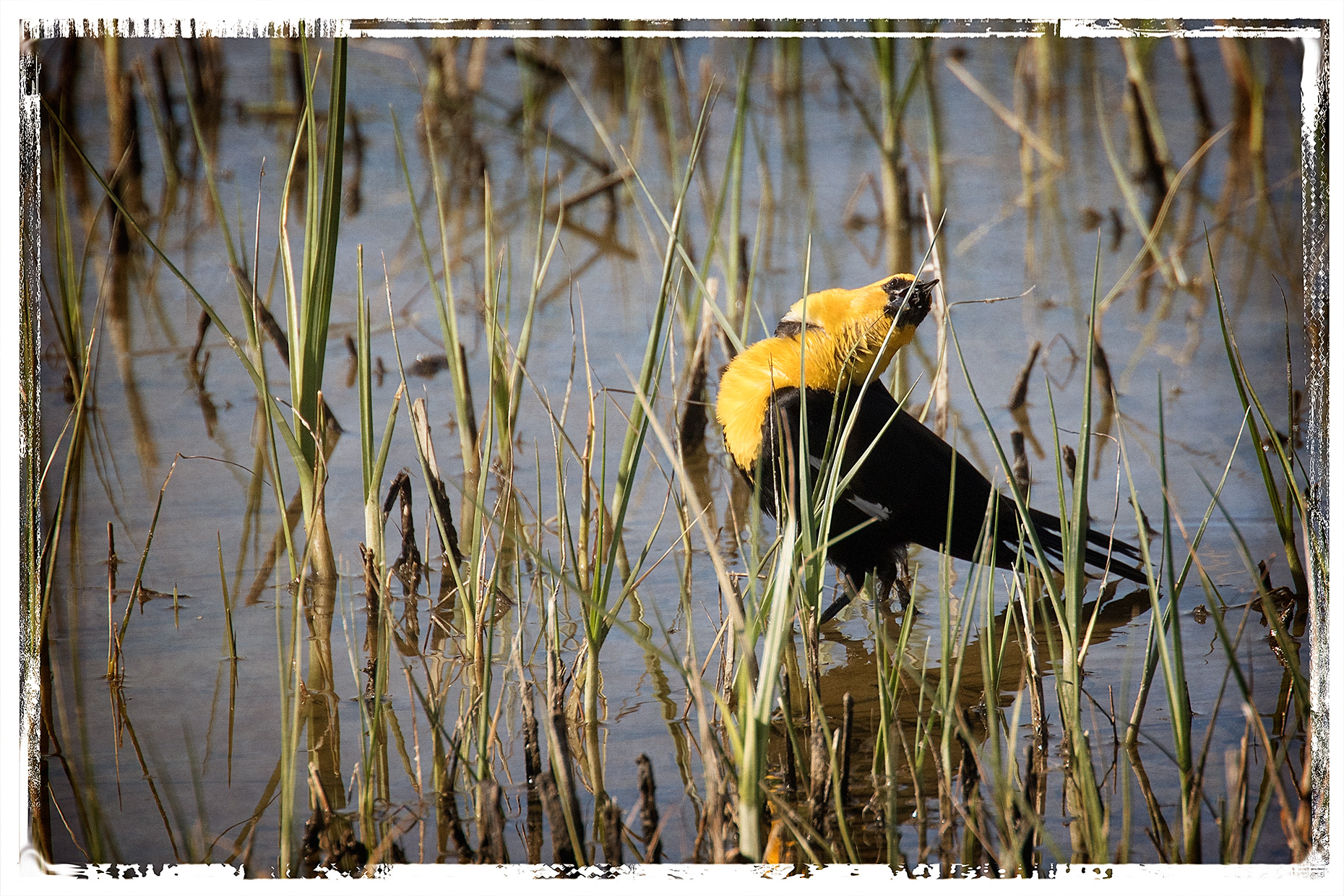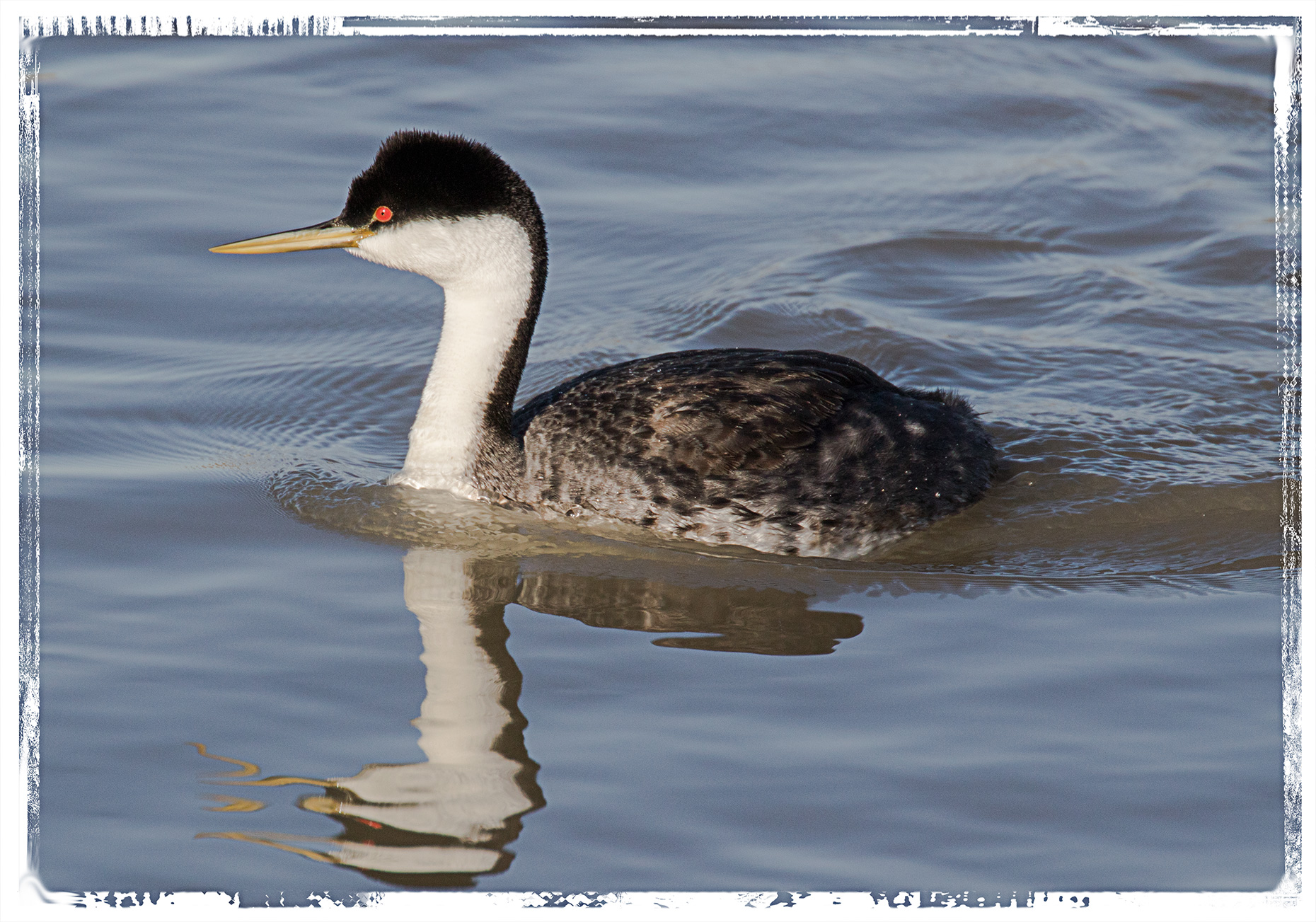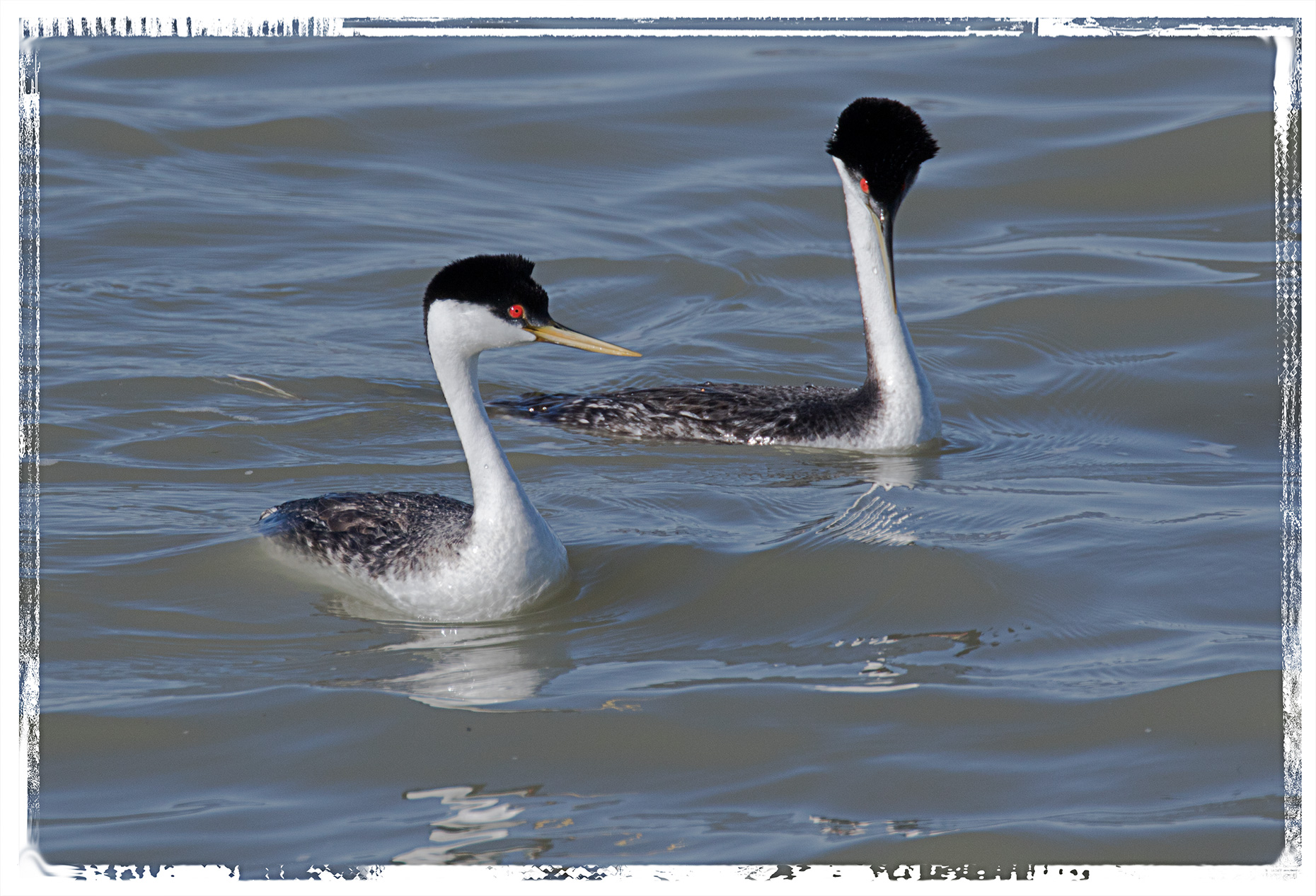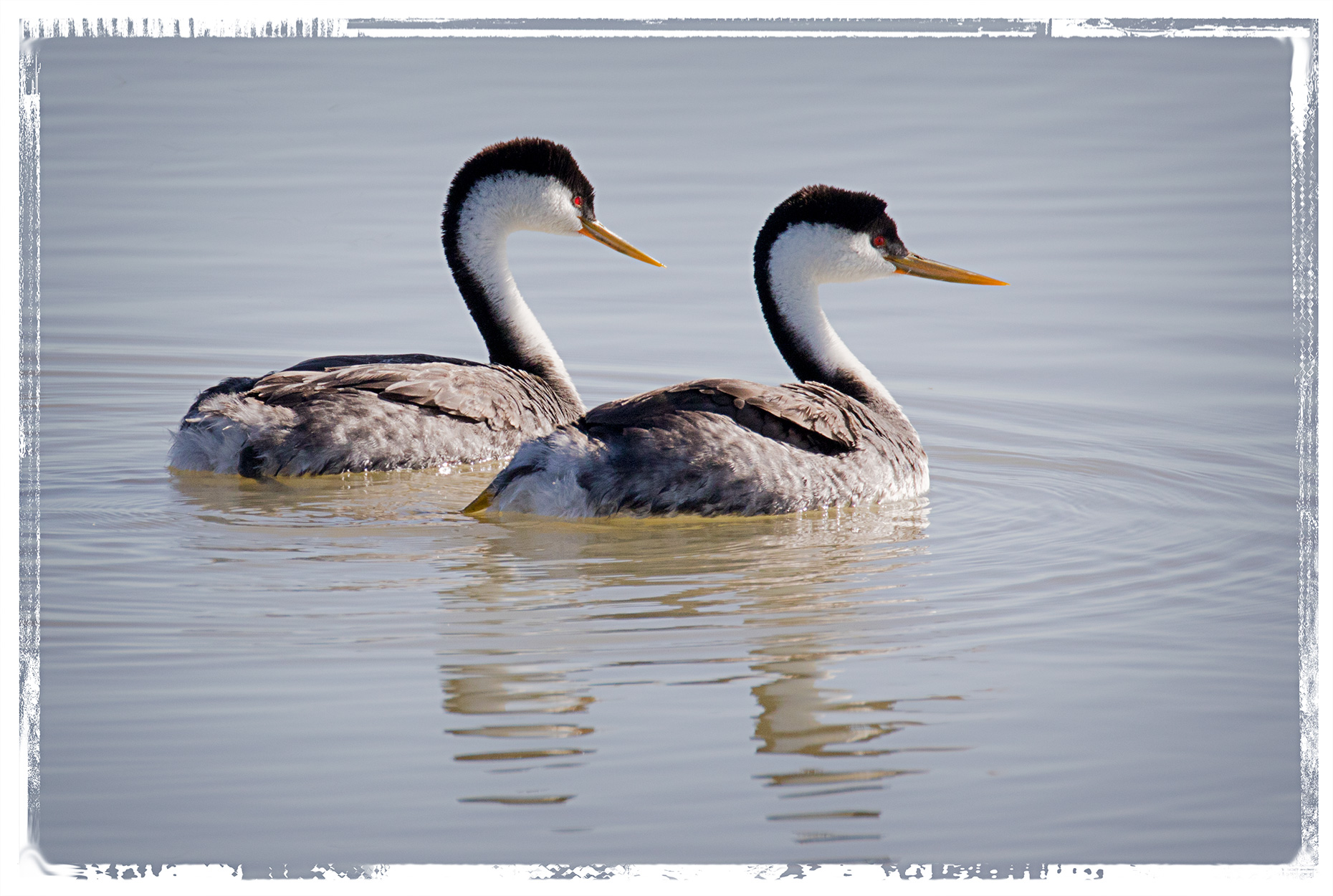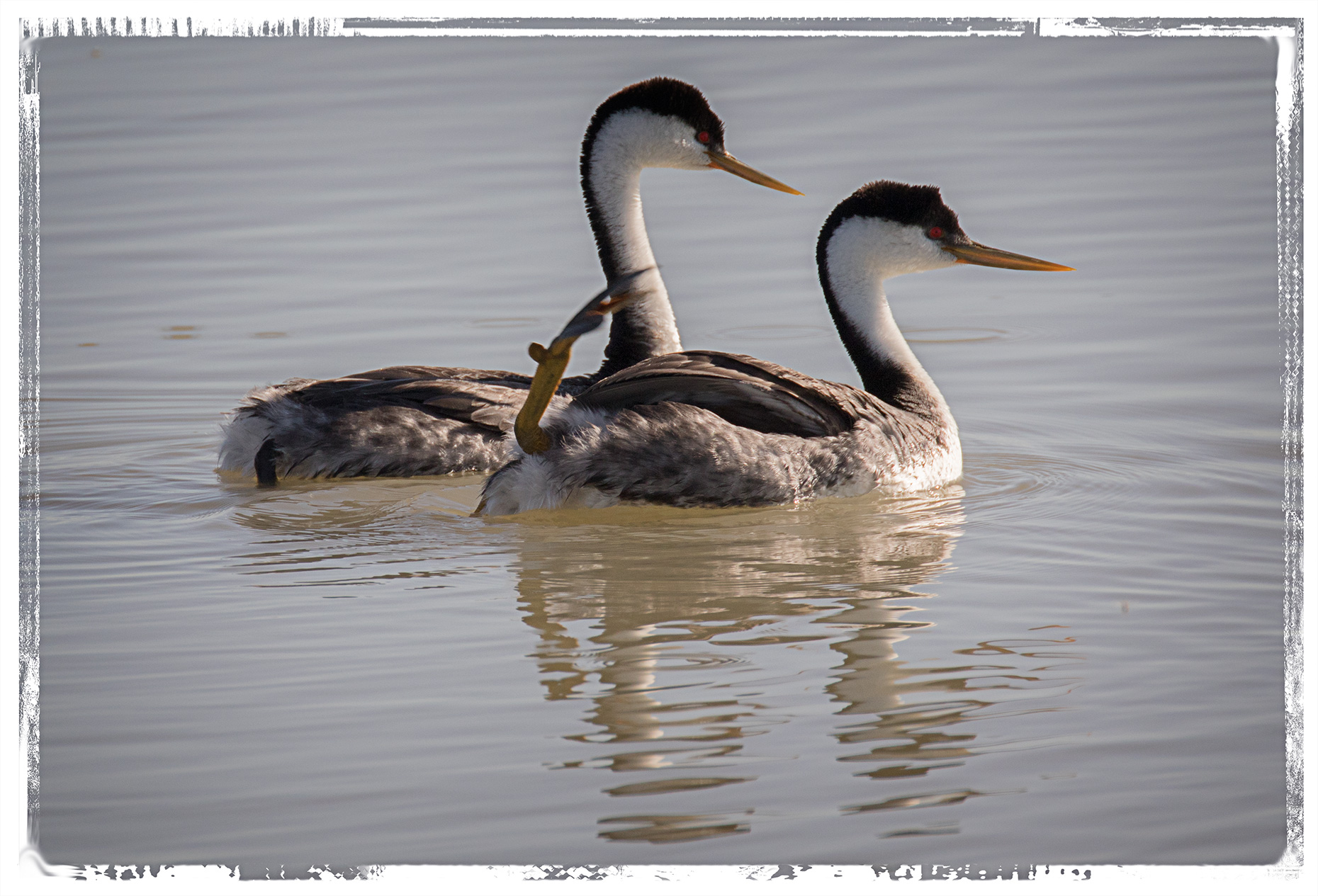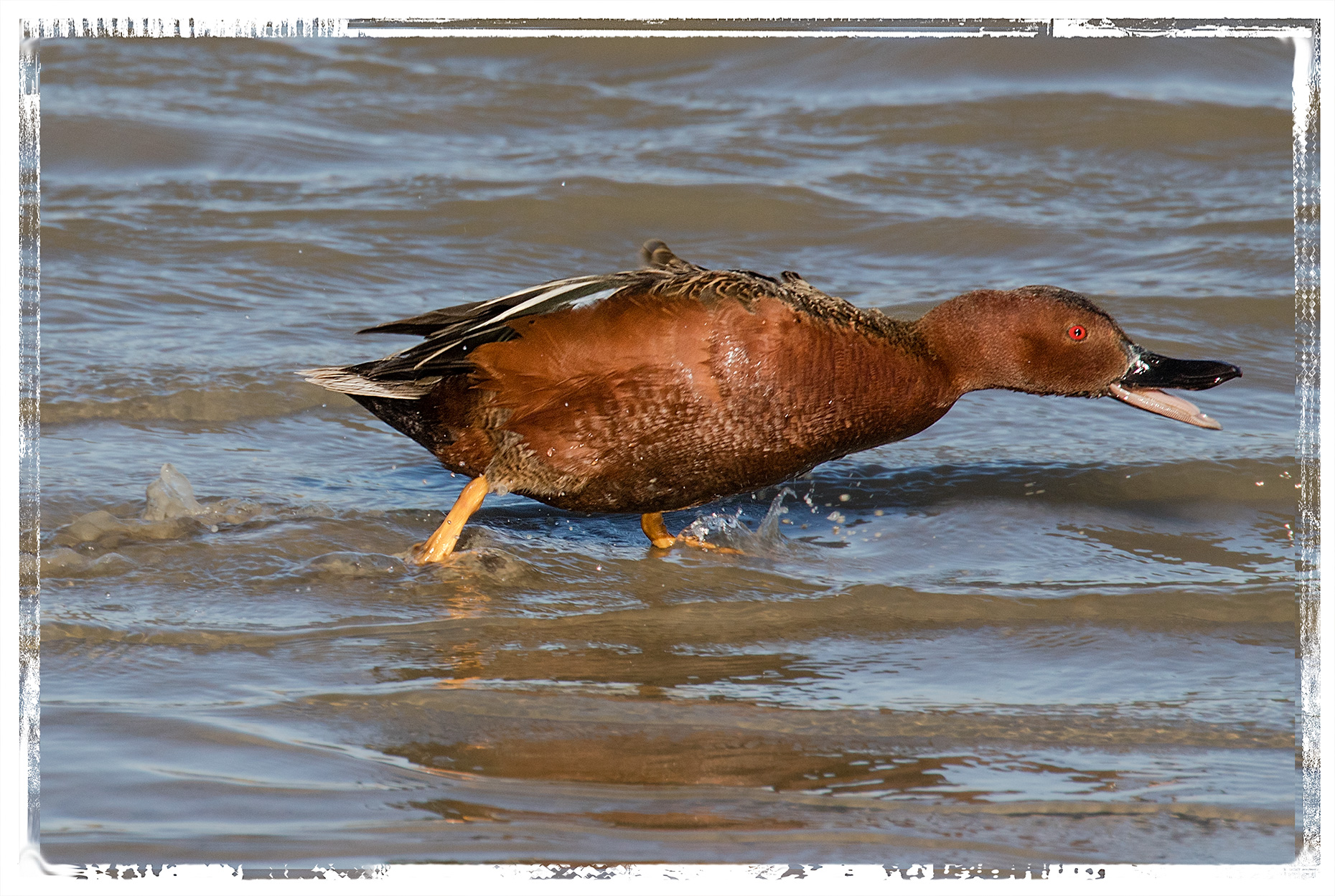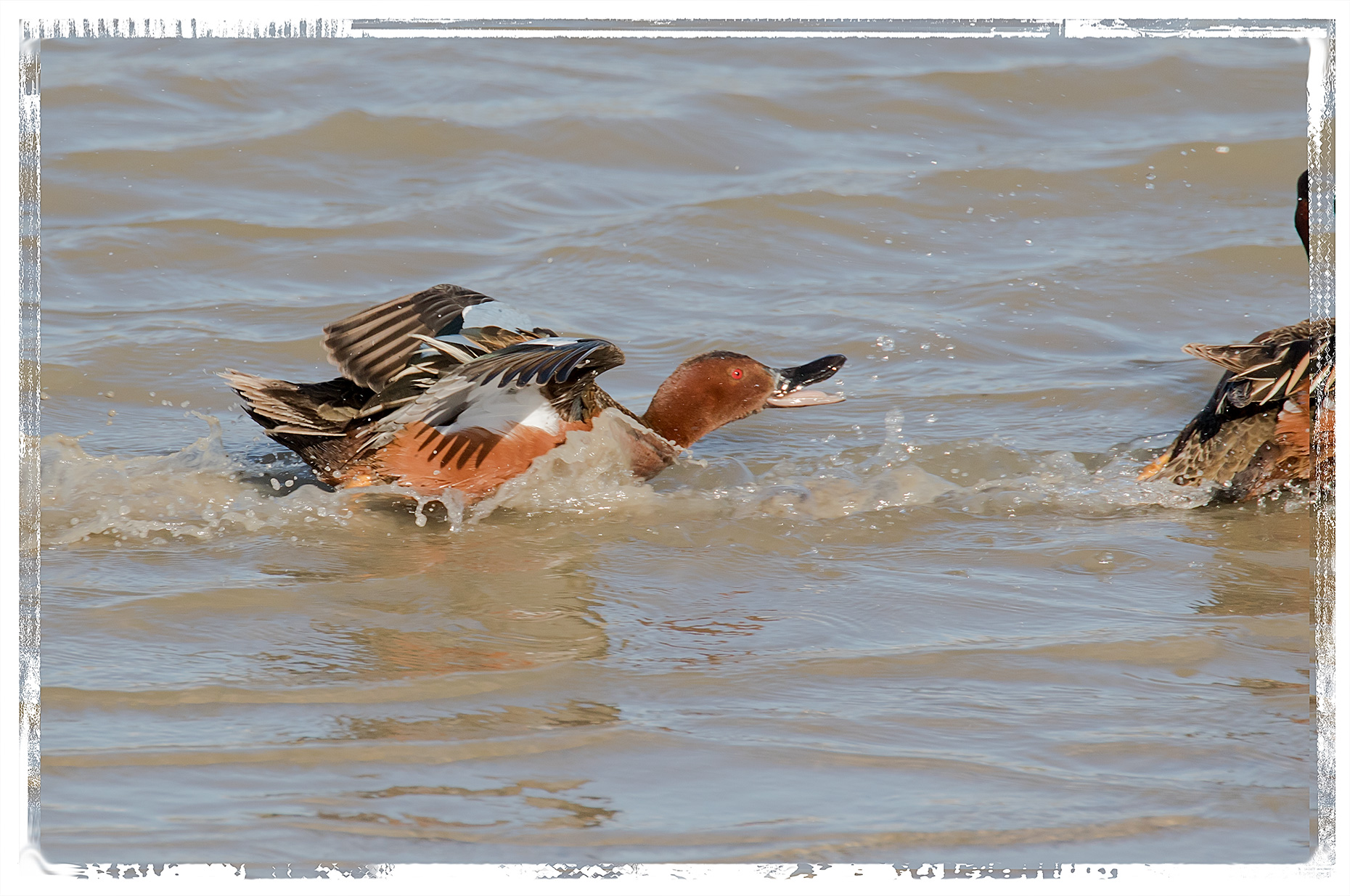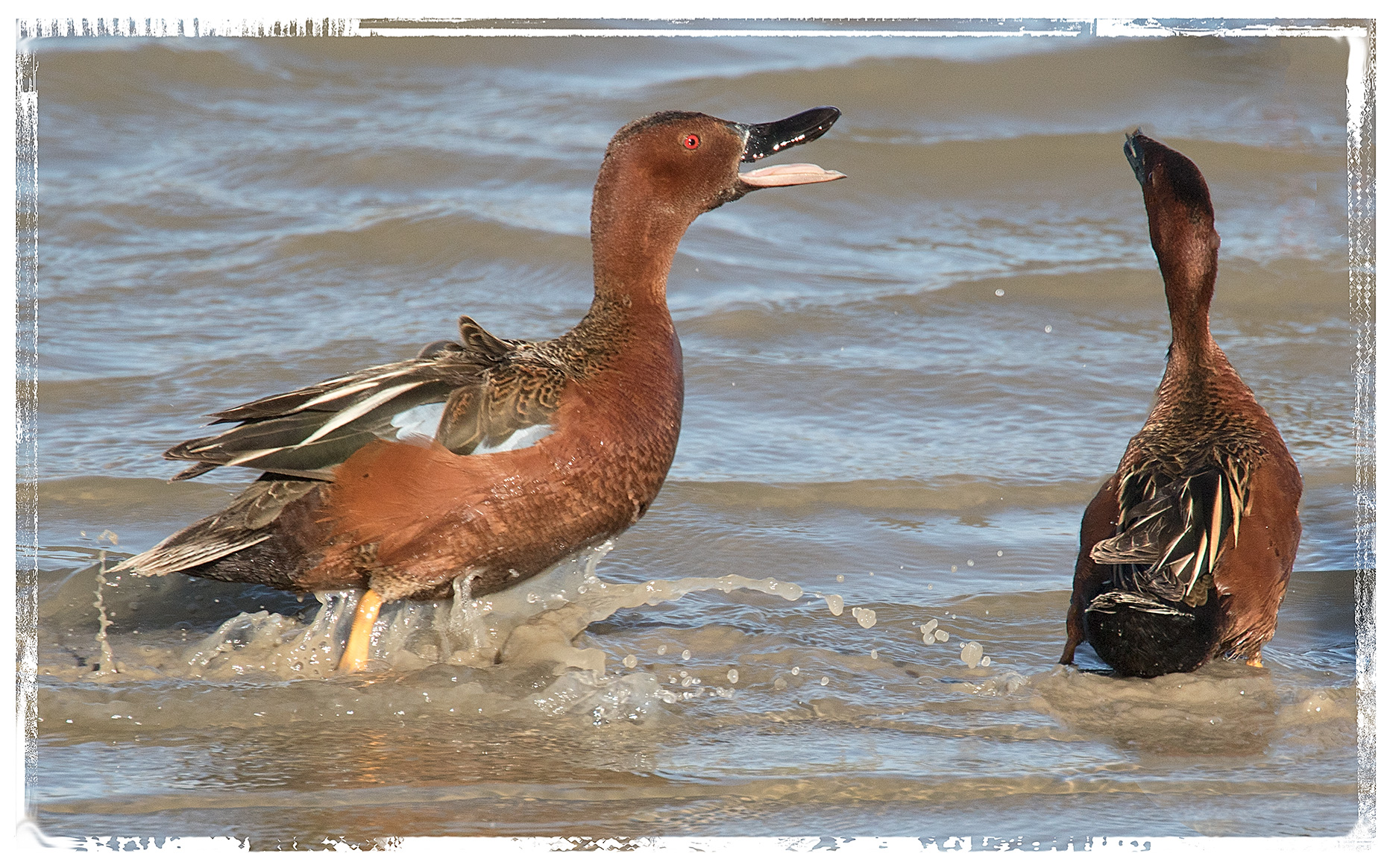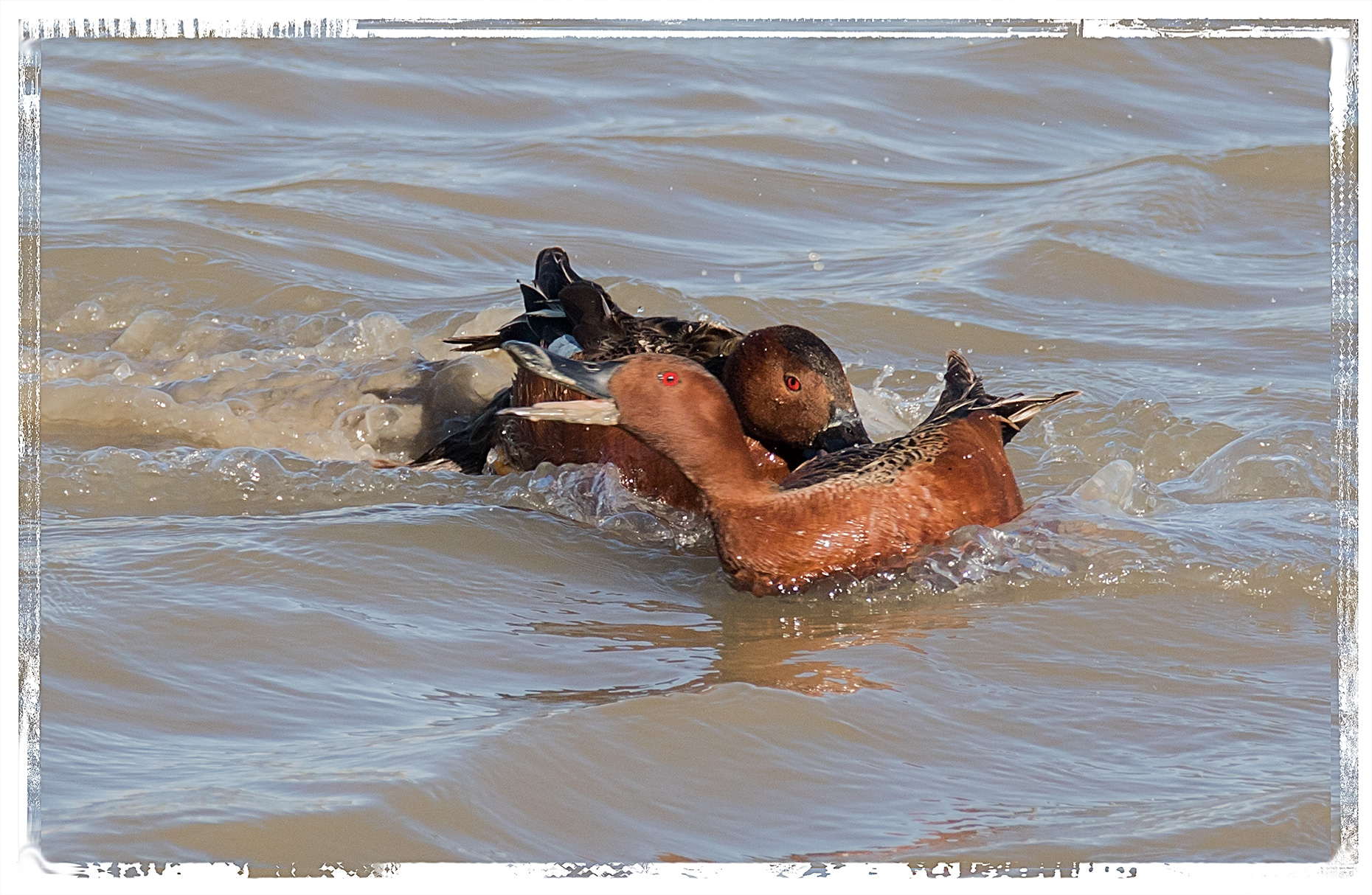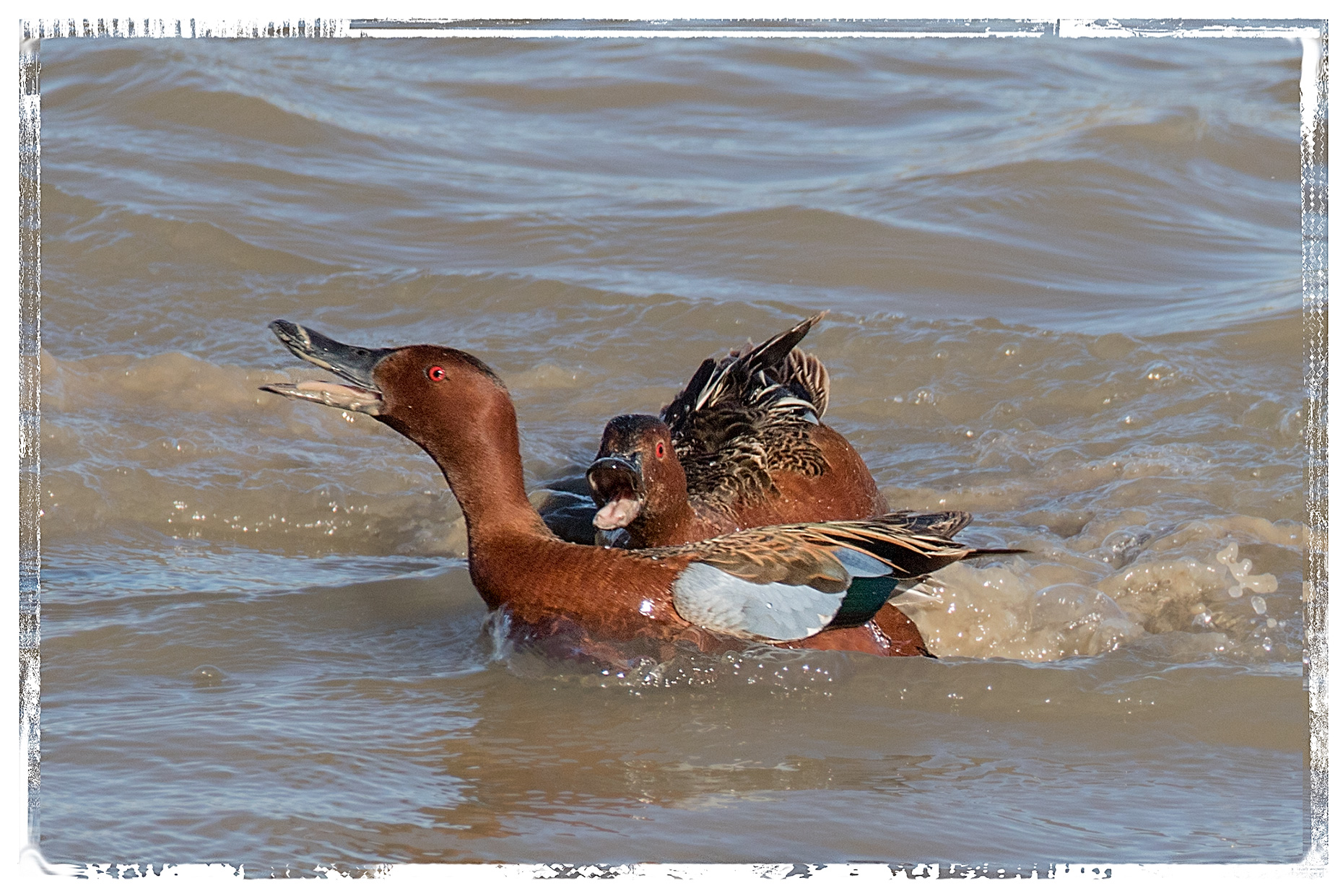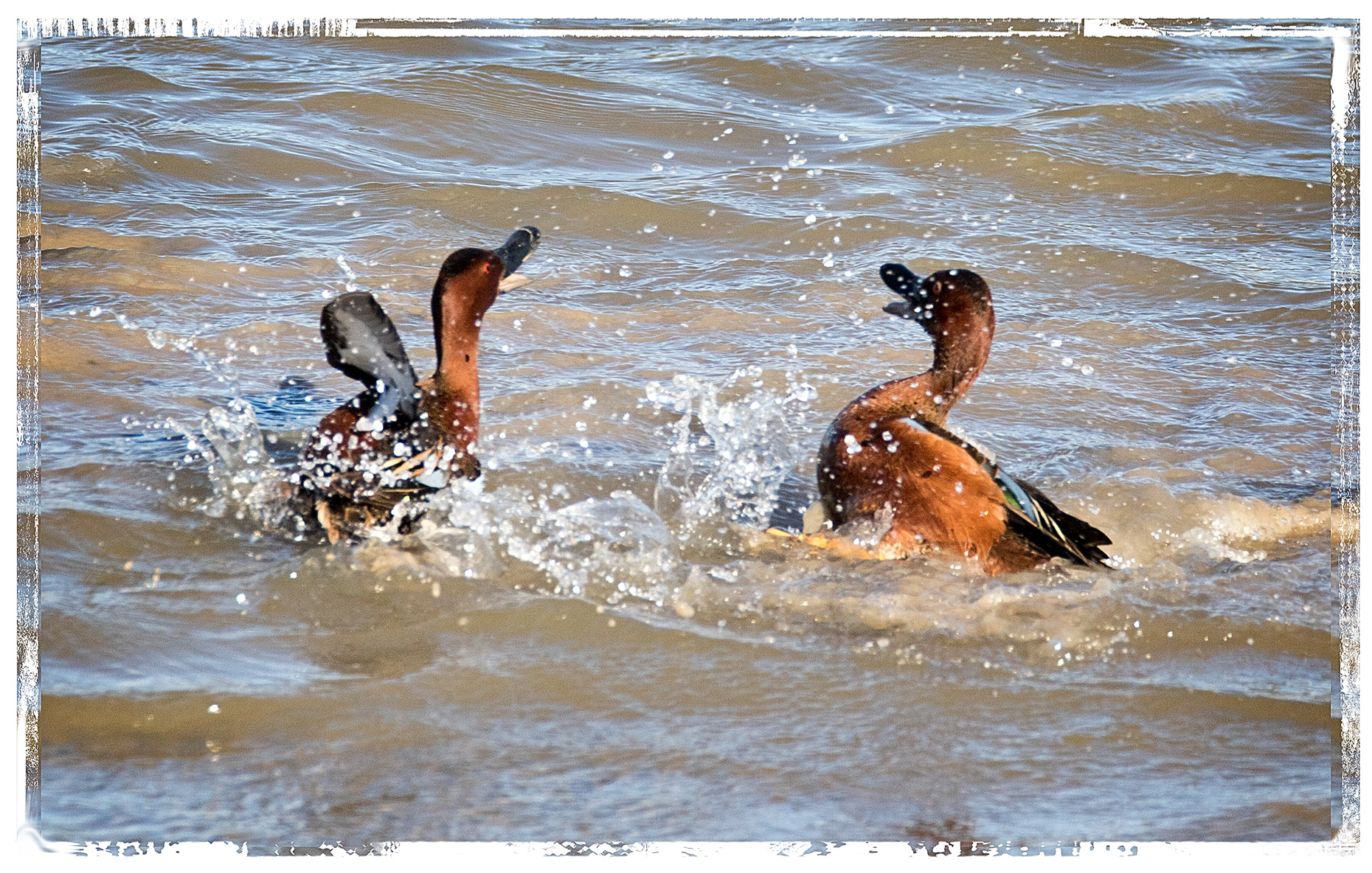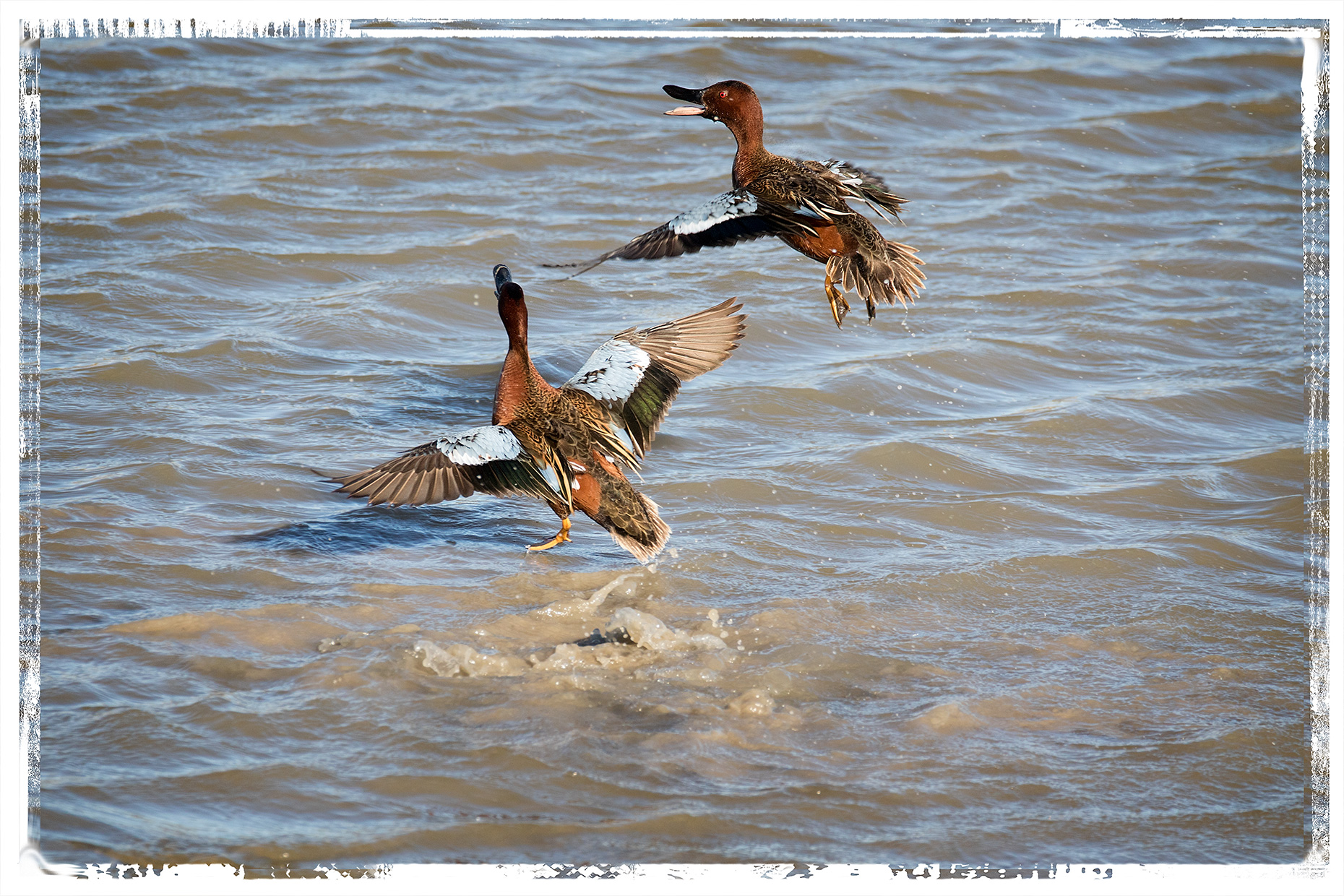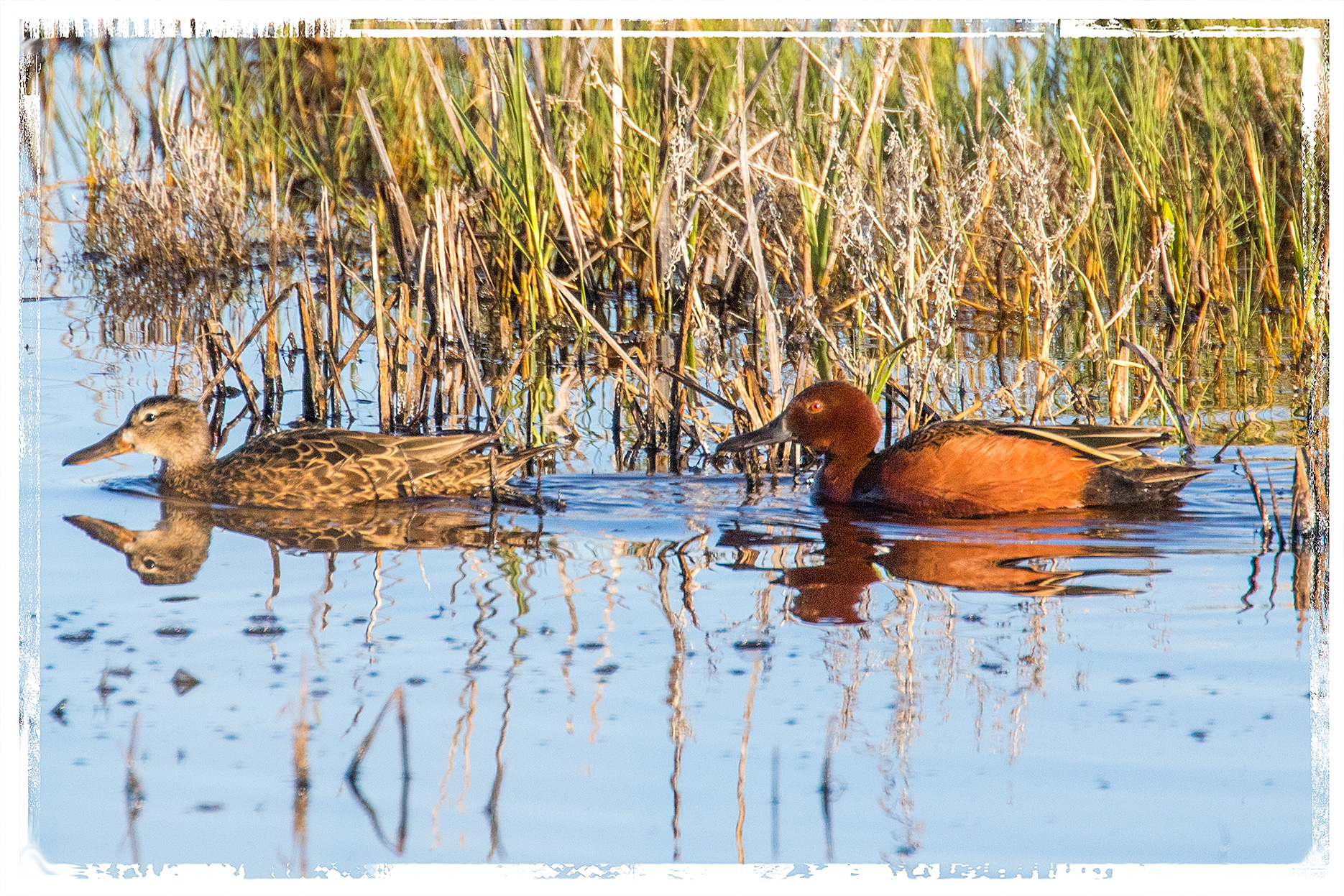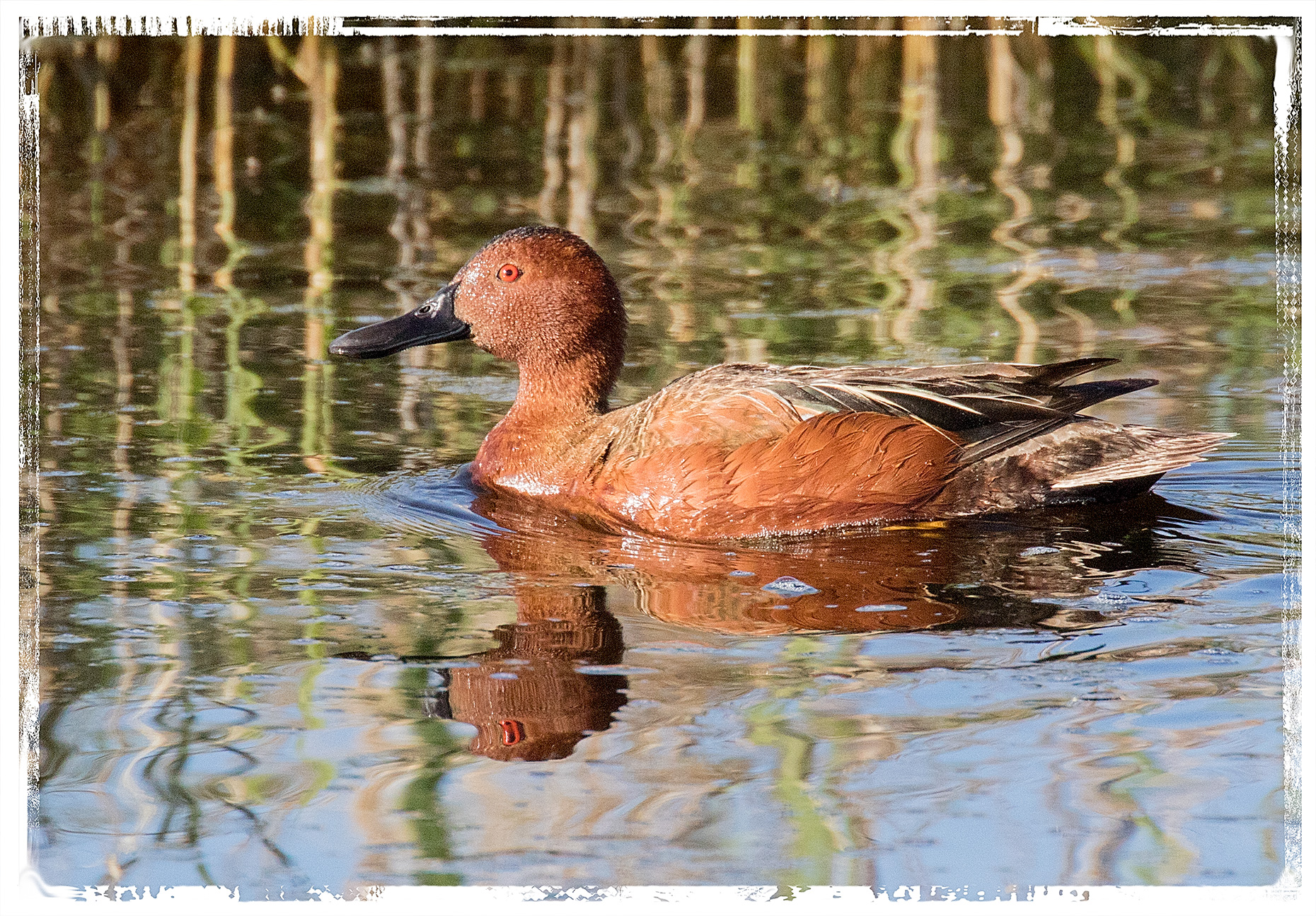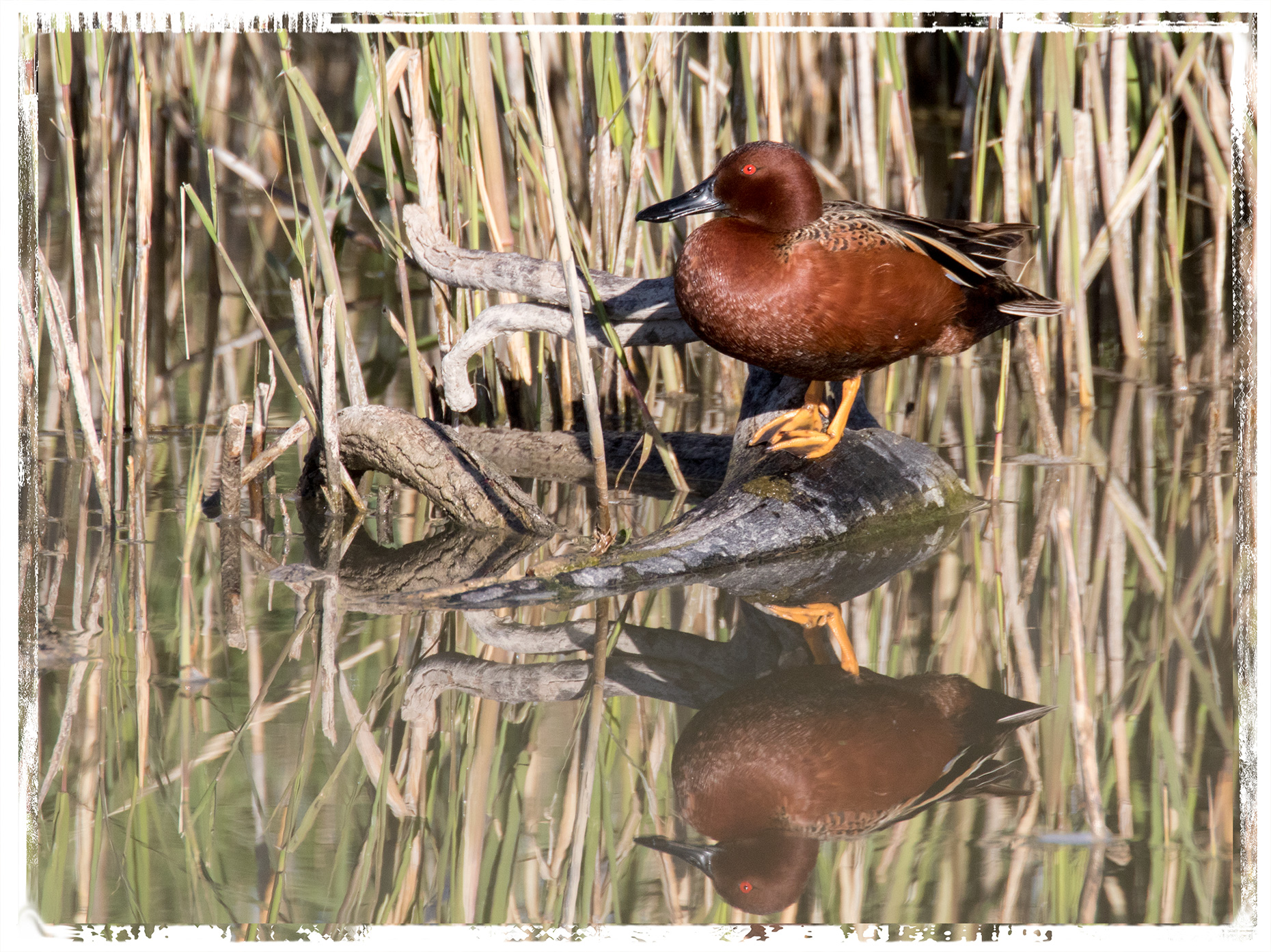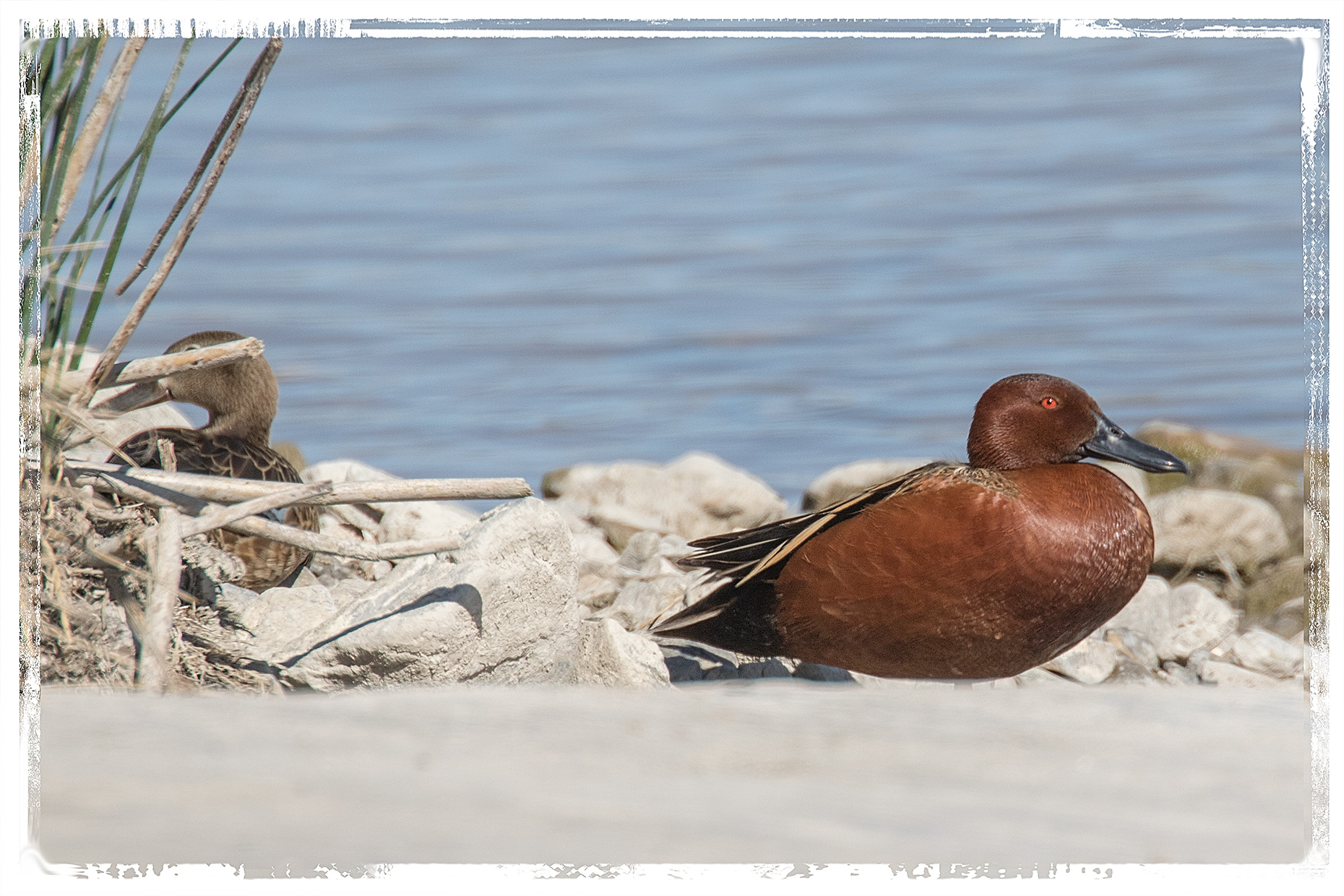If you’re a birder and I haven’t already convinced you that Bear River Migratory Refuge is a must-visit, I’m probably never going to convince you, but I can’t resist sharing a few more of the shots I got there on my last visit.
Although there seemed to be more Western/Clark’s Grebes than any other bird, there seemed to be a considerable number of Yellow-Headed Blackbirds, another bird we don’t have in the Pacific Northwest.
They have a very defined habitat, but on this visit they seemed to be
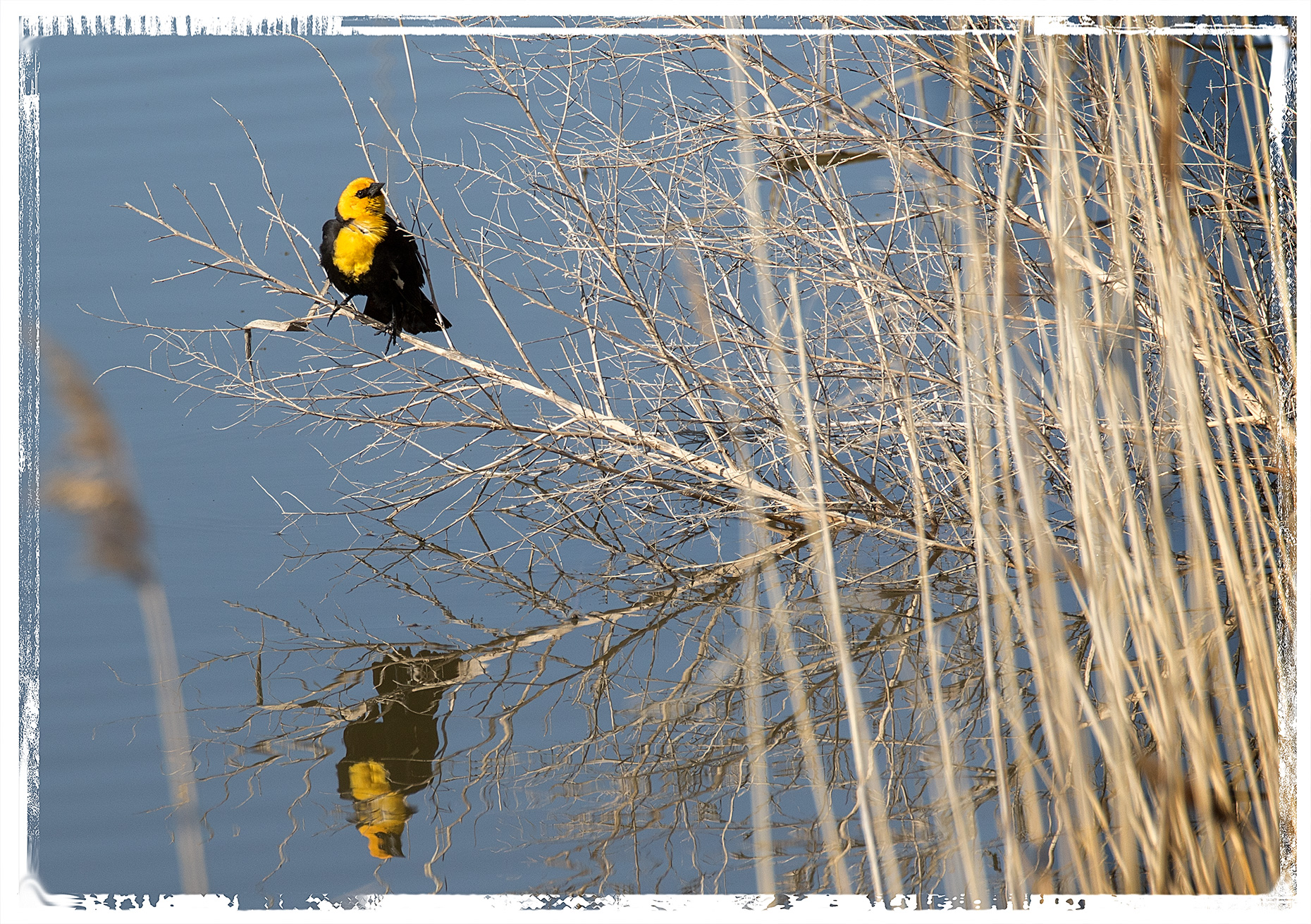
everywhere I looked,
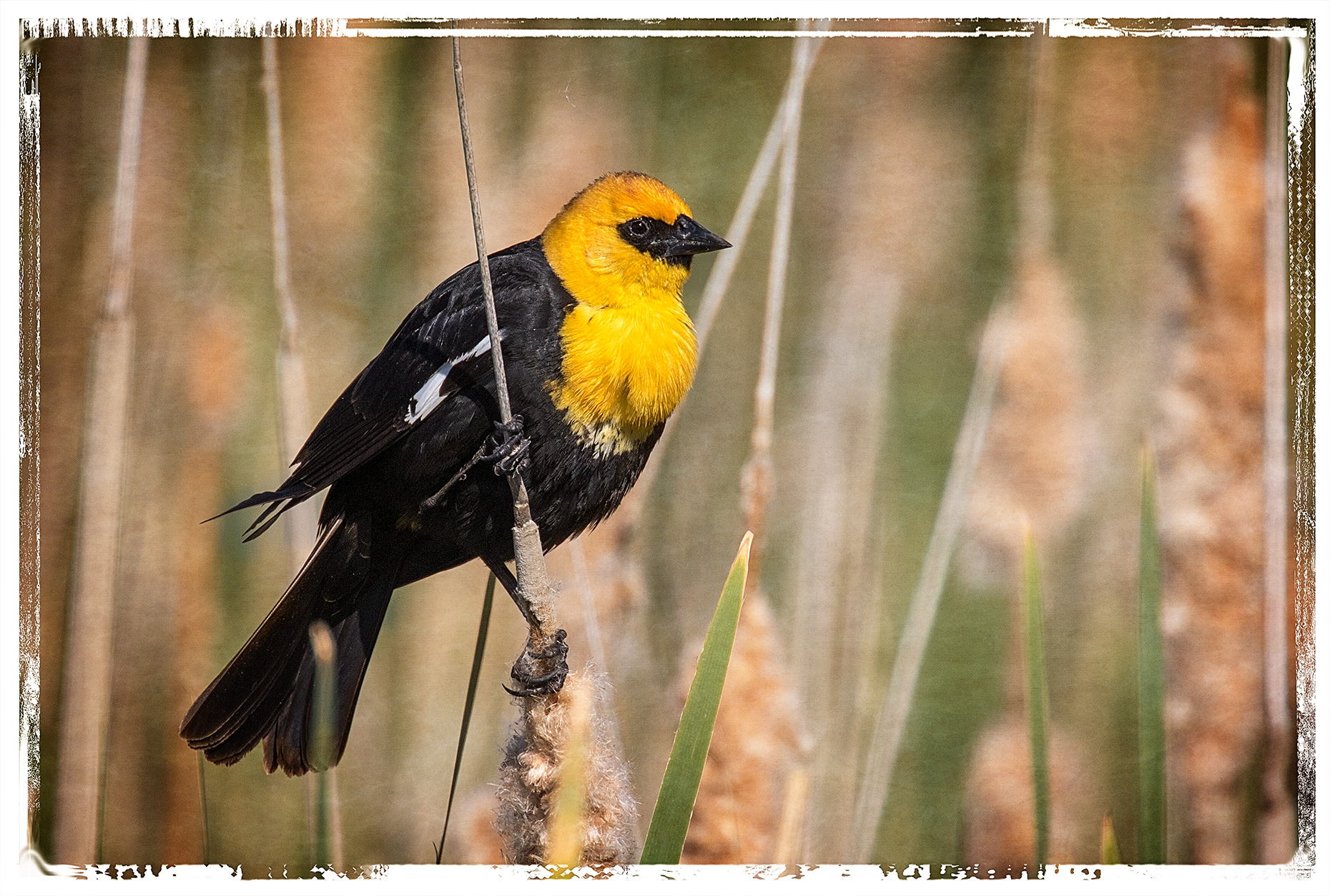
but even when I didn’t see one, I couldn’t miss their “song.”
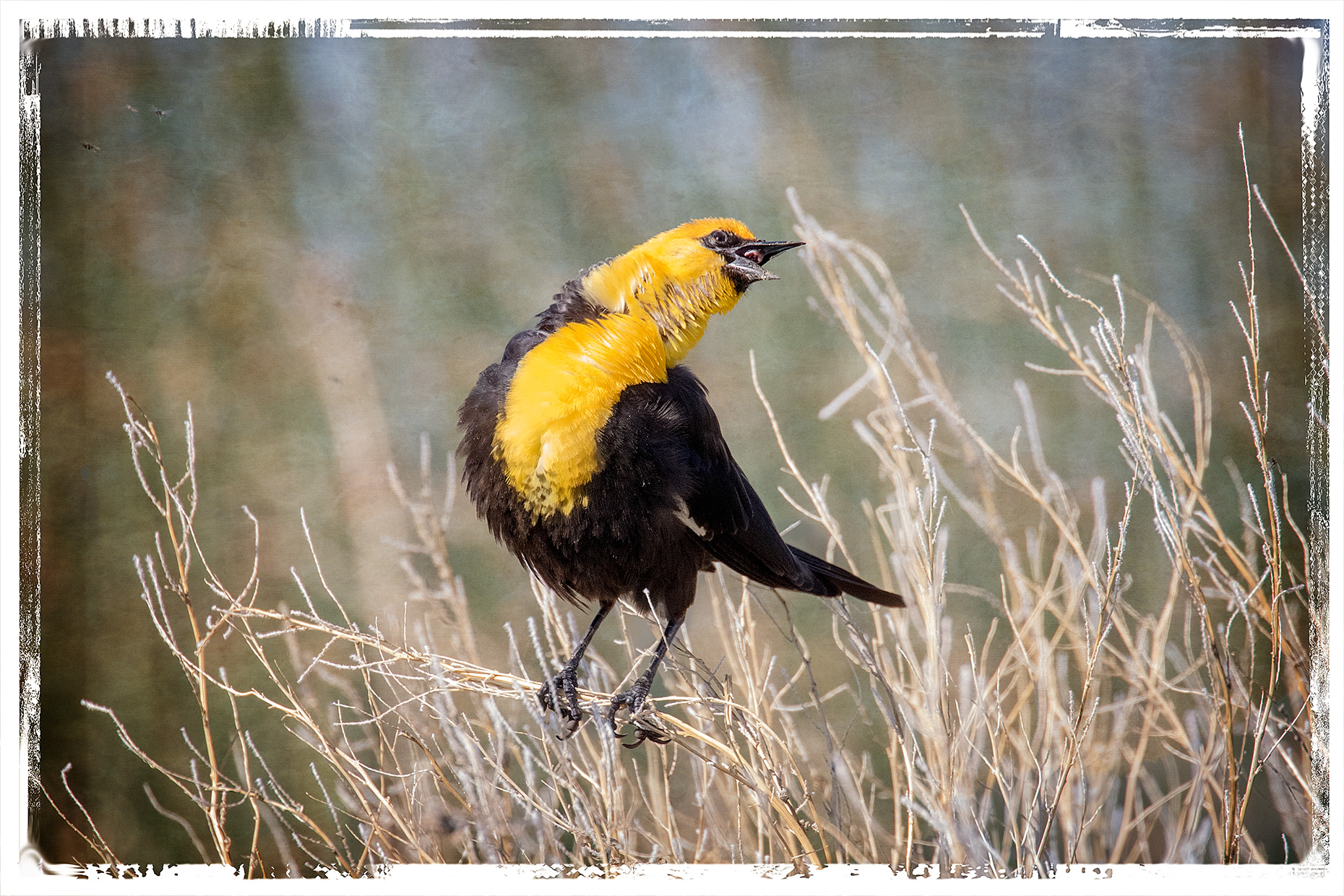
The song itself may be irritating, but it’s impossible to deny their enthusiastic rendition of it.
